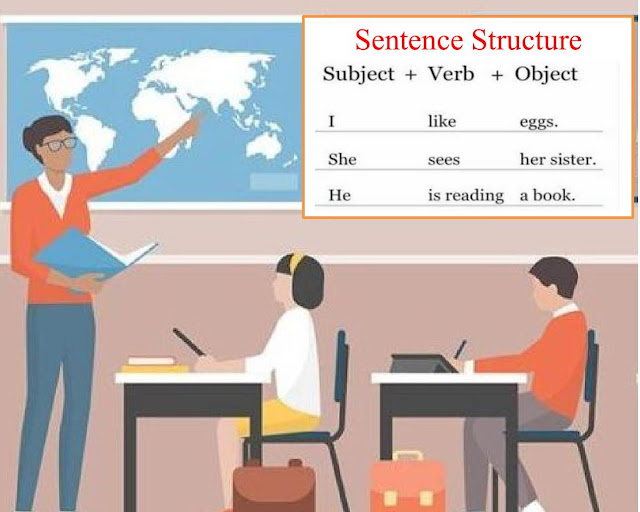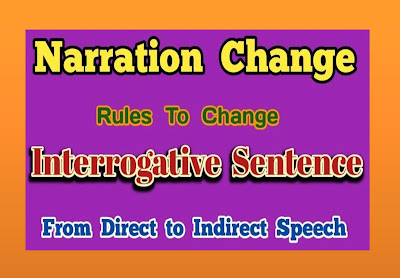THE DIRECT METHOD OF TEACHING ENGLISH & ITS AIM AND PRINCIPLE, ADVANTAGES & DISADVANTAGES
THE DIRECT METHOD OF TEACHING ENGLISH ITS AIM AND PRINCIPLE, ADVANTAGES & DISADVANTAGES · Since the earliest times, there have been many changes in the ways of learning and teaching of English language. · Let us have a look at the direct methods of learning /teaching the English language. · Since the grammar-translation method wasn’t very effective in preparing students to use the target language communicatively, the direct method became popular. What is meant by direct method of teaching English? · The method Direct is named “direct” because meaning should be connected directly with the target language without translation in to the native language. · Procedure · Only...








Comments
Post a Comment